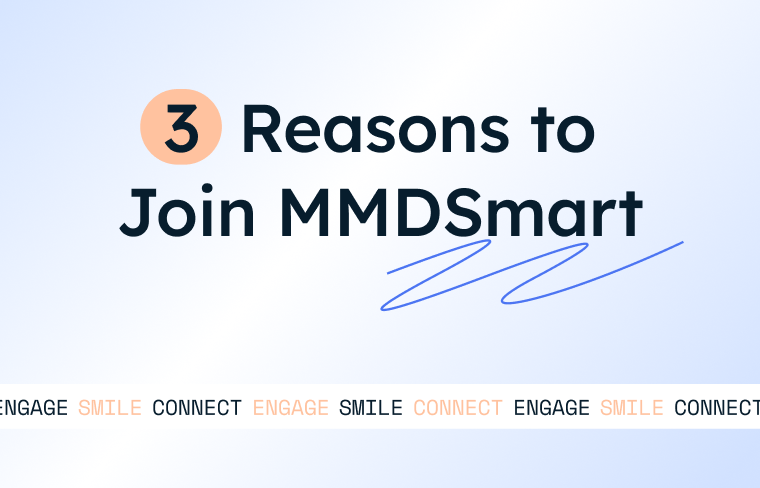As markets across the globe are experiencing a decline in international business SMS traffic, Capacity investigates the causes and the steps the industry are taking to adapt.
While domestic SMS traffic makes up the majority of SMS volumes, international traffic is making up 30-35% of spend from companies using the channel due to high rates. With big tech withdrawing from SMS one-time passcodes (OTPs), which makes up the vast majority of international SMS traffic, the health of the international SMS ecosystem is at stake.
A decline in OTP SMS volumes is not completely unexpected. Data from Mobilesquared, a messaging analysis firm, showed OTP traffic peaked in 2022 and in June 2023 it was projected to experience a steady decline as brands sought alternative channels and means to verify users. OTP traffic was expected to shrink from 88.57% of international traffic to 63.47% by 2027. International A2P traffic as a whole was projected to peak in 2025, with a compound annual growth rate of 4.55%.
But the reality is far worse. MobileSquared’s projections just six months later in January 2024 showed that 60% of markets were in decline, and OTP’s share of international traffic was projected to fall even further to just 44.63% by 2027. Even more startling, the revised projects expected CAGR of A2P SMS to fall by 3.55%.
So What’s Happened?
Mobilesquared’s research shows that in most markets, 50% of international traffic typically comes from five to eight major brands, and the next 22-25 brands take this up to 80%. As a result, the impact of hyperscalers falling out of love with SMS has had dire consequences.
Trust in the channel is at an all-time low. The catalyst for this has been a sharp increase in international termination rates from MNOs. In fact, in the space of just two years, the average price across the entire SMS market has doubled.
“We’ve reached a point now in the market generally where the pricing has got so high that even organisations who just would not have contemplated moving away from SMS are looking for alternative channels,” James Williams, vice president of business development at Xconnect, tells Capacity.
“I’ve spoken with carriers about this and they say, ‘our management told us we need to increase revenue from our SMS channel’,” Ira Cohen, VP of business development and marketing at MMDSmart, a messaging platform company, tells Capacity. “In order to do that we need to increase the actual traffic that our customers are sending,” the operators told him. “It’s impossible to do this by 20% or whatever the increase is, so the only option is to increase prices.”
While average price increases are a problem by themselves, this is made worse by the fact that pricing across markets is all over the place. Mobilesquared’s data shows that 264 MNOs priced above the average international termination rate of $0.07, while 390 MNOs priced below it. 218 are pricing below $0.03 while 259 are pricing between $0.03-$0.10 and 177 operators are pricing over $0.10.
“A lack of unified pricing and constant changes makes it really hard for a business using SMS as an engagement channel to budget,” Uku Tomikas, CEO at Estonian business messaging platform Messente, tells Capacity. WhatsApp, on the other hand, has a transparent pricing model that is fixed for the year, making it much easier to budget for.
A rise in international SMS termination rates has led to the second problem for brands using messaging channels: artificially inflated traffic (AIT). AIT is a form of fraud from within the industry itself, whereby fake traffic is sent and then billed to the brand. Analysis from Mobilesquared tracking an AIT attack on a hyperscaler in one country showed that the brand would have been forced to pay an additional 256% compared to what they would have been expected to pay. The increase in prices has led to more incentive for bad actors to conduct AIT attacks, compounding rapidly increasing costs for using SMS as a means to verify users.
The Future of A2P SMS
“The high pricing of A2P SMS has unfortunately prompted the likes of Apple, Amazon, Meta, and Google to move away from SMS two-factor authentication towards other channels,” Williams says. “However, when I have personally spoken with a number of these companies they say if the commercial model of A2P SMS was today where it was say five years ago, then they would not be looking for alternative channels, whether that be flash calling, passkeys, or RCS,” he continues.
Williams and Cohen agree that while trust in SMS is low from brands at the moment, it’s well understood and adopted by end users. Furthermore, the fact it’s the native messaging system on almost every handset in the world means it offers a better customer experience than other channels, which may not be consumable by non-smartphone devices or rely on data connectivity that is unavailable or of poor quality.
“The destabilisation in pricing is not helping the market but I think the future of A2P is bright,” Williams says, predicting that if inflated prices were brought back down to more reasonable levels and AIT issues could be addressed, the industry would be seeing solid organic growth.
Tomikas is not so sure though. “I don’t think there’s a route back. I don’t think it’s necessary to have a route back when there are better technologies around,” he says. “It’s too late now, because if there’s a major bank that shifts its traffic away from SMS, it’s not coming back.”
While he acknowledges Cohen’s point that appealing to the lowest common denominator and keeping SMS as a backup when alternative channels can’t be used, Tomikas expects a tipping point whereby the volume of rich messaging channels might exceed SMS volumes within five to ten years.
One of the key selling points of A2P SMS outside of the OTP game is the high conversion rates that SMS marketing campaigns and e-commerce reminders can achieve. But Tomikas is a strong believer that the functionality of rich communication services, which can include better branding, images, and more engaging content, can perform even better.
When it comes to OTP, he thinks passkeys offer a better service. “Passkeys as a tool are better. They are more secure, more convenient, and once you actually set it up, it’s really easy to use.”
What Is the Industry Doing to Adapt?
Tomikas expects the decline of SMS to be slow. Messente is still offering services to customers and proactively pushing them towards the channel in markets where the pricing still makes sense. But they are investing heavily in being able to better support other channels like RCS as well. It’s the same story for Cohen over at MMD Smart, who prioritises a value-orientated service that can advise brands how to get the most out of their messaging activities through various channels. But in addition to monetising other channels, business messaging platforms are fighting to revive their SMS business as well.
Addressing AIT is a crucial step, and making operators aware of the problems their pricing is causing is too. “We’re all talking about it with anyone that will listen,” Cohen says of the industry’s response. “Most of the MNOs will have noticed there has been a marked downturn in messaging traffic this past year and should understand enough about supply and demand forces to attribute this to the spike in prices over the last two years. We’re hoping that they don’t revert back to a natural instinct and react to the decrease in messaging revenue by increasing prices even more!”
“Unless the commercial model for any product or service is regulated, any company is free to set their own pricing,” Williams says. “History has shown that the demand for practically every product or service imaginable will hit an inflection point sooner or later as the price for it rises. Such is the case with A2P SMS in a number of countries.” Calling back to the benefits that SMS offers over other channels, Williams agrees that more conversations with operators and discussions around the adverse effects of the price increases will restore SMS volumes; its value proposition is simply too great for it to be abandoned.
But if the message isn’t getting through, the large brands that traditionally have sent lots of OTP messages via SMS are telling operators the same thing. Speaking on a panel alongside Cohen at MWC Barcelona this year, Pushpendra Singh, global head, mobile authentication & telco business messaging partnerships at Meta, said a price reset is vital; otherwise, volumes will continue to go down and new ways will be found to verify users. “But that’s not right, losing SMS would take a lot away from the industry,” he added. Bringing down prices doesn’t just make SMS immediately cheaper, it also compounds the industry’s efforts to reduce AIT by reducing the economic incentive for bad actors.
Organisations like the Mobile Ecosystem Forum (MEF) are working hard to reduce the impact of both these interlinked problems. But will their efforts be enough to restore faith in SMS to a degree that it can rebound? Only time will tell.
Sided from Capacity Media.








